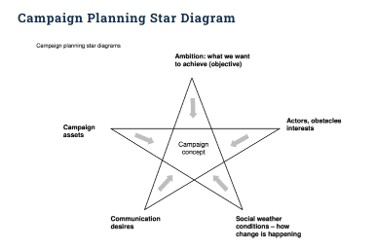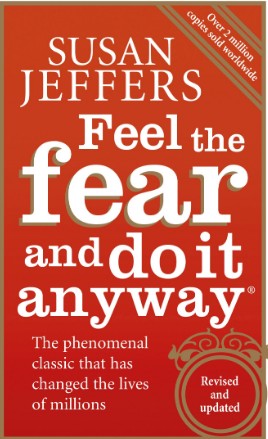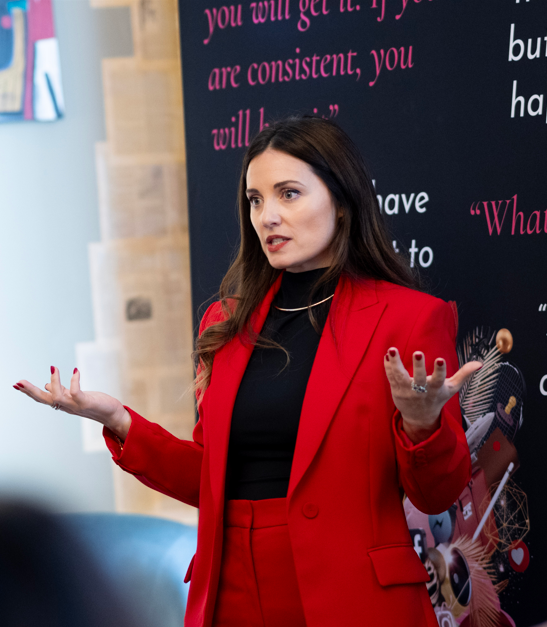
On 25th June I went along to the fabulous conference venue at 30 Euston Square for the second annual Estates Gazette property marketing conference. It was an interesting line-up of speakers and panellists.
Here are my top takeaways (some of which were tweeted under #EGSummit):
1. “Marketing used to be about disruption – now it’s all about education”
This was one of the quotes from James Dearsley (@jamesdearsley), the founder of the Digital Marketing Bureau. It is a view that I have long held for those in the professional services markets – particularly when we see the power of thought leadership campaigns.
On the “engage and educate” theme, there was an interesting case study of an infographic campaign from The House Crowd https://www.thehousecrowd.com/ explaining the essentials to consider before investing in property crowdfunding.
2. Content marketing pyramid
I’ve seen various versions of the content marketing pyramid before but I liked the simple elegance of this model, again from James Dearsley. He summarised his views with “the future of marketing is interaction, innovation and immersion”. Quite.
Video – There was a lot about the use of video in property, especially as a replacement for media and press releases. There was a nice comment for PRs about “numbers increase opens, likes and shares but images mean everything” and also “take your clients on a journey, don’t send them a newsletter”. Video and the pulling power of cats (and edgy guys on motorbikes) in particular – was picked up by the marvellous John Williams, Head of Offices at Instant Offices, later in the day.
Images – There were some animated discussions about the rise of Instagram, Tumblr, Pinterest and Periscope (especially for #propertyporn) and the decline of Facebook.
Blogs – John Williams also talked about success with a Knight Frank video blog on low cost living in Central London and another by Savills on guest gardening blogs. He also confirmed what many of us knew already – that Google+ achieves zero engagement but we need it for SEO.
Posters – But to keep the balance with physical media, there was a case study where a £15,000 budget at Oakmayne http://oakmayneproperties.com/oakmayne-properties/ in Elephant and Castle was used to fund an innovative 48 sheet poster onto which 1,000 £5 notes were attached. £165,000 media coverage and 350 enquiries were generated resulting in 8 of the remaining 12 units being sold the following week.
Photography – Another case study showed David Bailey being used to take 44 shots of Frogmore Galliards scheme at The Chilterns http://thechilternsw1.com/#/home, the artwork being used both in an exhibition and given to those purchasing units.
There was a great quote too during one of the panel sessions “Content is king, context is queen and we all know who rules”.
3. Placemaking comes of age
The stand-out presentation for me was from Chrissy Cullen, Head of Marketing in Britian and Ireland for Grosvenor (@Grosvenor_GBI). The Mayfair site has trebled in value over a decade.
The character, identity and sense of place was created by the transformation of the buildings and public spaces supported by 10 types of community activities (including open air films and fitness sessions), public art, street food markets and even bee hives.
4. Where lawyers lead, others follow
It was good to see Elliott Moss, the game-changing head of marketing from law firm Mishcon de Reya (@Mishcon_de_Reya) on the panel. He talked about the strategy process: “Understand why you’re in business, the key issue, your brand and who to influence”. He also declared that we should ban adjectives from advertising. His Financial Times (FT) digital security campaign (research and product development of “Secure”) was impressive.
5. Phygital – merging physical and digital marketing
It’s not a great word but it struck a chord with me as much of the conference was taken up with the rather tired debate on physical verses digital marketing. Digital has been part of mainstream marketing for quite some time now. Some of the speakers put digital at 70% of their mix, others mentioned it was important for opening the door internationally for selling to close locally.
James Genner of Silk Road said “it’s all about integrated campaigns”. Thank God someone said out loud what we all knew all along. Please can we now cease and desist from debating this nonsense now?
6. “Brand is the emotional and psychological connection with your customers”
Maybe I needed coffee at this point. And there was a large image on the screen of two leading brands of coffee to demonstrate the difference between functional products and emotional brands but this line from Jonty Roots, MD of Bostock and Pollitt (@bostock_pollitt), while almost stating the obvious, did it with panache.
He offered an interesting analysis of different types of brands – the superbrand, the microbrand and the start-up brand and indicated that in property we needed the “supermova” brand – a big bang start and then a bright but short life. The essential elements of a property brand campaign were: a fundamental truth, life planning and storytelling.
Later on, Michael Carr of You Agency talked about B2P (Business to Person – which we heard first at last year’s event) marketing = a single minded proposition + emotion + mix + brand (reliability and delight).
7. Differentiating buildings
At the end of the day, and putting location to one side, every agent knows that differentiating physical buildings is a challenge. So it was interesting to see tweets from the marketing agency of Land Securities (@LandSecurities) about the Zig Zag building – there was the use of positive psychology, motivational speakers and videos about the neighbours at its launch.
There was a further case study about LandSec’s Nova in Victoria – with further references to placemaking and the use of Curzon cinema for the screening of a manifesto of eight key points.
8. Branded residences and “starchitects”
While branded residences aren’t new (although forever attractive for the 30% uplift they command), the luxury brand ratings across different generations presented by Chris Graham was interesting.
Only Rolls Royce was in the top 10 across the Millennials (18-34 years), Gen Xers (35-49 years) and Boomers (50-68 years). It was interesting to hear the case study of how Rolls Royce (aeroplane engines – an industrial brand) with a late start in social media rapidly became a top ten social brand.
9. The rise of Blippar
Last year, I presented on new trends and one of the technologies I demonstrated was Blippar – an app that picks up hidden and integrated codes in print (e.g. posters and display ads) that then provide an interactive video and sound animation on your smart phone.
So it was good to see that the EG London Augmented Reality Special was stuffed with Blippar. Top marks to BNP Paribas Real Estate for using a code on the cover illustration. It delivered a variety of interactive menus – one of which took me to an interactive quiz about London Media Tech property (I scored 6 out of 7 and felt quite pleased with myself). However, Blippar was also used by law firms MacFarlanes and Linklaters.
So what about a theme for next year? What ARE the pressing issues for those tasked with marketing properties for the next 12-26 months? Answers on a video postcard please.
Further information: http://www.estatesgazetteevents.com/marketingsummit2015
Summary of my presentation at the 2014 conference: http://kimtasso.com/property-marketing-trends-challenging-convention/
Links to case studies and presentations from the other 2014 conference sessions are here: http://kimtasso.com/sign-up-for-the-second-estates-gazette-property-marketing-conference/









